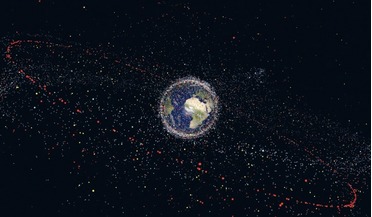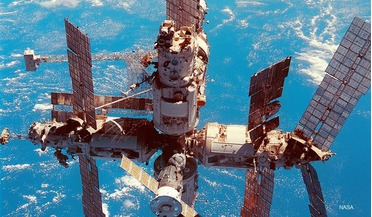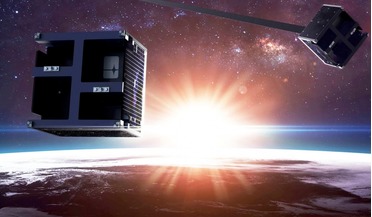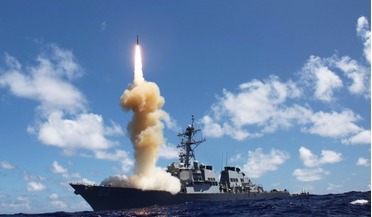 May 2019
Active debris removal faces legal minefield
May 2019
Active debris removal faces legal minefield
...It has been suggested that the most cost-effective and efficient method of debris mitigation is Active Debris Removal (ADR) Items 6 and 7 of the Space Debris Mitigation Guidelines encourage states to take the necessary measures to remove objects from...
 March 2015
SERC wants us all to get to grips with space junk
March 2015
SERC wants us all to get to grips with space junk
... as the Space Environment Research Centre Limited (SERC) and brings together, for the first time, leading debris mitigation programs from around the world to create a team with a critical mass of researchers, technology, funding and equipment...
 November 2025
Extra-terrestrial Skyring: managing space debris with an artificial planetary ring
November 2025
Extra-terrestrial Skyring: managing space debris with an artificial planetary ring
... will react negatively to the idea of an artificial planetary skyring, the potential objections including violation of space debris mitigation guidelines, ownership and liability issues and responsibility for hardware. There may also be concerns over...
 September 2020
Tackling space debris - a global priority
September 2020
Tackling space debris - a global priority
... with respect to a consensus for any new and binding direction. It has become clear that good space debris mitigation practices will likely have to be developed and adopted gradually over the long term. Laser ADR method...
 February 2017
Protecting our space interests
February 2017
Protecting our space interests
... active satellites are disposed of at the end of their mission according to internationally agreed debris mitigation guidelines. ‘ADR’ means Active Debris Removal. Less powerful lasers can be used to temporarily blind reconnaissance satellites in LEO...
 April 2017
Mega-challenges for mega-constellations
April 2017
Mega-challenges for mega-constellations
... for the constellation itself, but also every other spacefarer in LEO. We may conclude that international space debris mitigation guidelines are adequate to manage the space environment but in the presence of one or more mega constellations they...